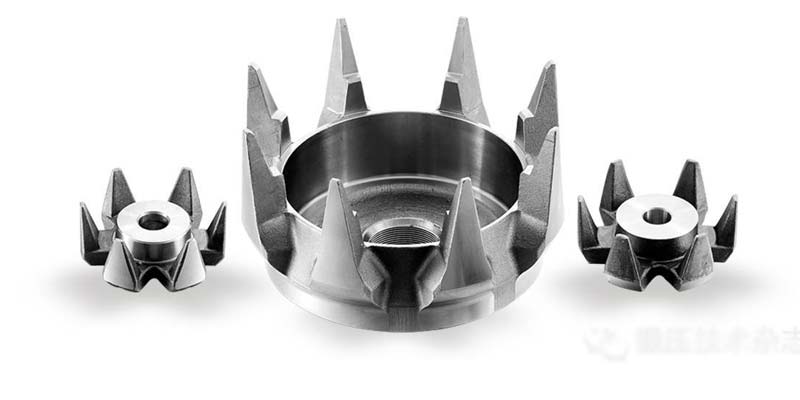- Contact Innally, Let you purchase forgings in China more favorable prices, products more assured!
- Hotline:+(86)15038323776 Email:innally@innally.com
The manufacturing process of claw forgings: the perfect combination of process and technology
- Category: Aluminium alloy forging, Thermal forging
- |
- Date: 29/11/2023
the manufacturing process of claw pole forging has been completed. From raw material preparation to final cleaning and anti-rust treatment, each link requires strict control of process and technical parameters to ensure the best quality and performance of the forging
Product Details
Claw pole forging, as an important mechanical part, plays a key role in many equipment. So, how is this forging made? This article will give you a detailed introduction to the manufacturing process of claw pole forgings, and take you to appreciate the perfect combination of technology and technology.
First, raw material preparation
The first step in making claw forgings is to select the right raw materials. Under normal circumstances, high-quality alloy steel or carbon steel is the preferred material for the manufacture of claw forgings. These materials have good malleability, strength and durability, and can meet a variety of complex working conditions.
Second, heating and pretreatment
Before forging, the raw materials need to be heated and pre-treated. The purpose of heating is to improve the plasticity of the material and reduce its deformation resistance, so that the material is easier to form. Pretreatment includes removal of oxide, oil and impurities to ensure the quality and surface finish of the forgings.

Three, forging molding
Forging is the core of making claw forgings. In this process, the heated raw material is placed on the forging press for forging. When forging, the pressure and temperature need to be precisely controlled to ensure the shape and dimensional accuracy of the forging. Through many forging and adjustment, the desired claw pole forging shape is finally obtained.
Fourth, heat treatment and tempering
After forging is completed, the claw pole forging needs to be heat treated and tempered. The purpose of heat treatment is to improve the mechanical properties and corrosion resistance of the material. Common heat treatment methods include quenching, tempering and normalizing. Tempering treatment is to further improve its strength and toughness by adjusting the organization and structure of the material.
- Machining and testing
After heat treatment and tempering, claw pole forgings need to be machined to achieve higher accuracy requirements. This includes turning, milling, grinding and other processes. After the machining is completed, it is also necessary to carry out strict testing on the forging to ensure that its quality meets the standards. Common testing methods include ultrasonic testing, magnetic particle testing and hardness testing.
- Cleaning and anti-rust treatment
Finally, the qualified claw forgings are cleaned and treated with rust prevention. Cleaning can remove oil and impurities generated during the processing process, and anti-rust treatment is to prevent the forging from rusting during storage and transportation. Common rust prevention methods include coating anti-rust oil, galvanizing or spraying.
At this point, the manufacturing process of claw pole forging has been completed. From raw material preparation to final cleaning and anti-rust treatment, each link requires strict control of process and technical parameters to ensure the best quality and performance of the forging. Through the combination of this series of process steps and technical means, we are able to produce high-quality claw pole forgings to meet various needs.
nannan
INNALLY mainly provides you with various types of cast and forged parts products. Welcome your inquiries! innally@innally.com
Related Products
Search
Forging center
- Steel forgings
- Aluminium alloy forging
- Titanium alloy forging
- Stainless steel forging
- Copper forging
- Automotive forgings
- Locomotive forging
- Bicycle forgings
- Motorcycle forging
- Rigging and fasteners
- Bearing forging
- Electric power fittings
- Marine forging
- Mechanical forgings for metalworking
- Mining machinery forgings
- Marine engineering forgings
- Construction machinery forgings
Popular product

© 2025. All Rights Reserved.






